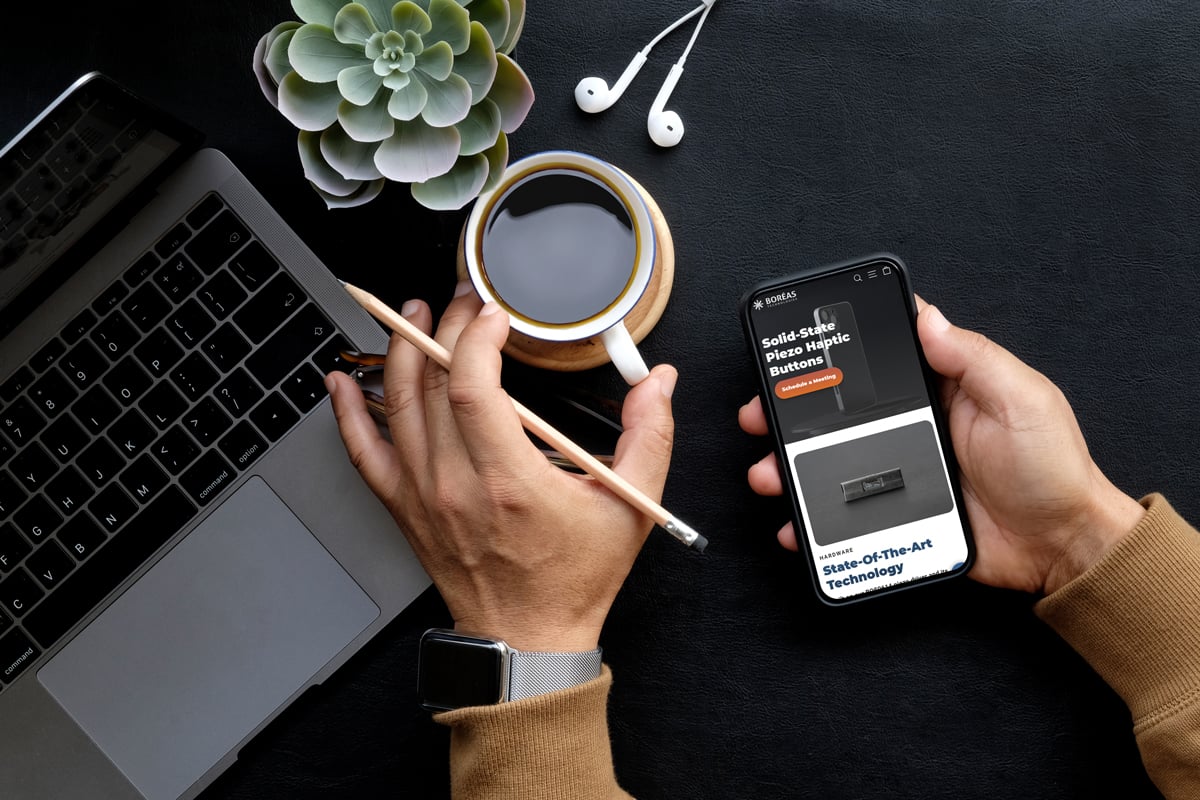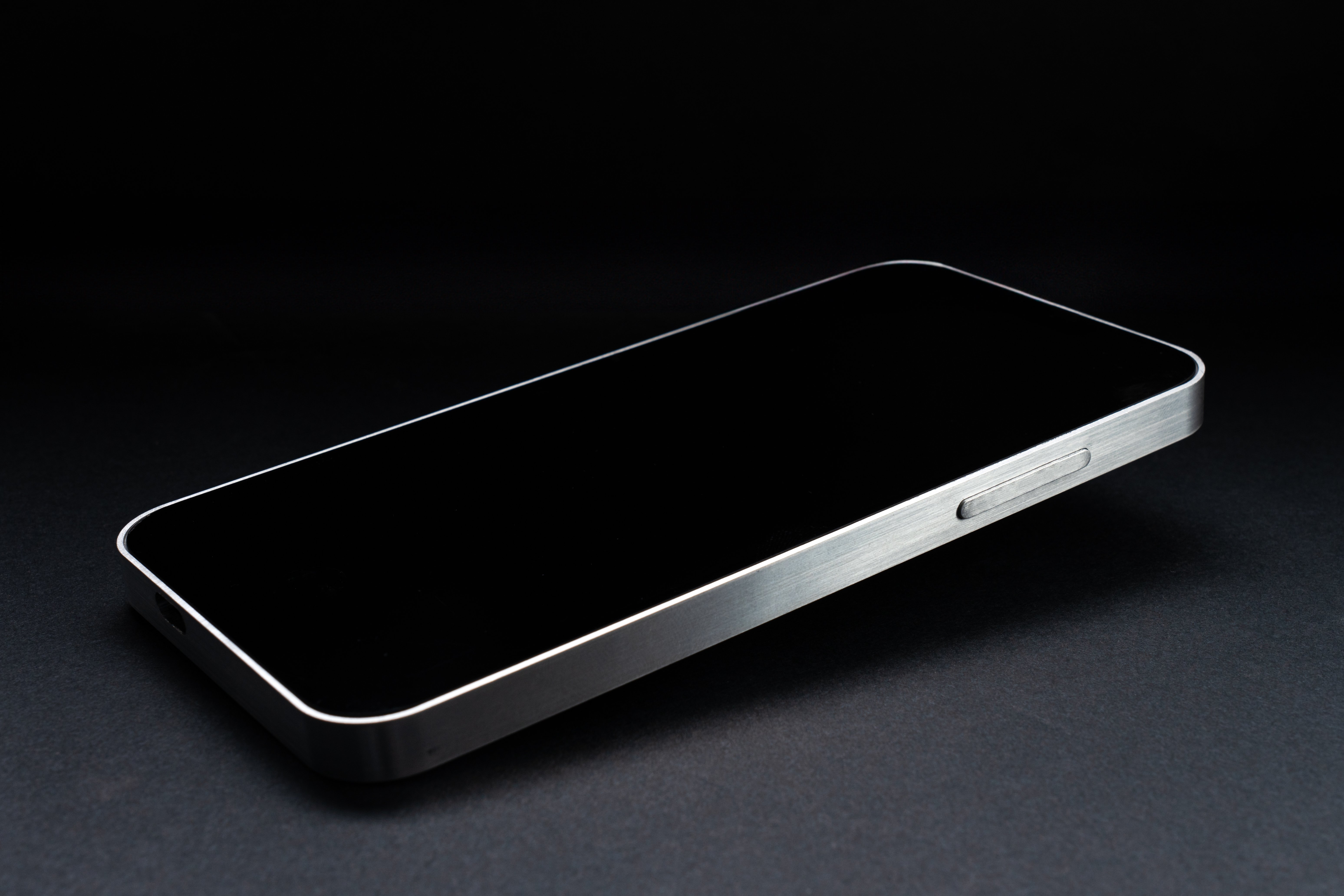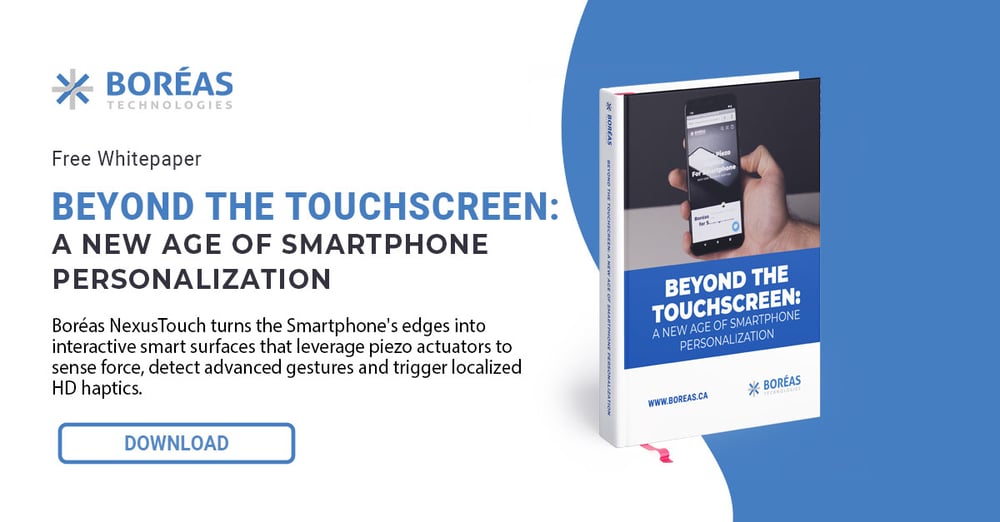 Technology continues to adopt features that imbue devices with a sense of presence to provide users with a more immersive experience. One modern method to create physical sensations in digital devices is through haptics.
Technology continues to adopt features that imbue devices with a sense of presence to provide users with a more immersive experience. One modern method to create physical sensations in digital devices is through haptics.
Haptic effects came about in the 1970s. However, haptic touch blossomed in recent years, especially in creating precise tactile feedback for mobile applications, user interfaces, and gaming effects.
Now, mobile devices incorporate stronger, more localized tactile sensations to improve sensory feedback with each passing year. Discover the evolution of haptic feedback and how recent developments benefit users by creating a more interactive user experience.
What Is Haptic Feedback Technology?
Haptic feedback technology uses a small motor to produce touch-activated vibrations called tactile responses. These responses communicate different command inputs, such as capturing a photo, receiving a text, or typing on a haptic keypad.
The goal of haptic devices is to create a sense of touch, mimicking the feeling of pushing a button. It's a subtle but significant form of technology because by simulating physical interactions, users feel connected to the user interface.
Haptics is a type of feedback mechanism that uses three basic principles: force, vibration, and motion. These elements work together through a system of sensors and motors. The sensors pick up a user's force of touch, which delivers a command to the motor. Then, the actuator emits a vibration pattern to communicate the completion of a command.
The concept is simple, but haptic technology is experiencing mass adoption across most major industries. The technology is integral to improving the interfaces of many modern electronic devices, including mobile devices, game controllers, augmented reality devices, medical devices, and automotive dashboards.
The Evolution of Haptic Effects in Mobile Technology

Haptic feedback technology emerged in the 1970s. Small aircraft manufacturers built simple vibrations into pilot controls to warn them of hazardous conditions. Then, as developers recognized the benefits of haptics, they started appearing in consumer electronics, like computer trackpads and mobile phones.
The first uses of mobile haptic technology were simple. For example, they issued basic vibration patterns, like a haptic keyboard buzz, to confirm a keystroke command input.
However, in the past decade, haptics have undergone many creative developments. Apple introduced haptics in 2016 with the iPhone 7 model. This model replaced the mechanical home button with a haptic motor to emit tactile stimulation. The iPhone 7 marked the launch of Apple's proprietary haptic actuator called the Taptic Engine. To this day, Apple uses the Taptic Engine in its phones, tablets, and computers, continuously developing it to provide users with more customizable haptic vibrations and other system haptic effects.
Apple led the way with touch feedback, but many mobile device manufacturers use haptic sensations and strive to update and enhance them with every new generation. For example, piezo electronics is a newer form that solves many preexisting issues inherent to haptic technology. For one, it delivers more high-definition haptic feedback, like faster, localized, and more precise responses.
The Benefits of Haptic Effects on Mobile Applications
Haptics is far more than a trendy mobile feature. These features assist users as they set up applications and UX preferences, adding immense value to mobile experiences.
Boost Immersion and Realism

Eighty-five percent of Americans rely on smartphones, and not only for communication. Now, they act as music players, navigation tools, and gaming devices.
Haptics assists in bringing these functions to life. For example, sound haptics is a newer development for gaming and music. These responses are accompanying vibrations added to audio experiences, such as the sound of a blast or a deep bass drop. Here, users experience a more true-to-life experience to draw them in and create a physical response in addition to the audio.
Improve Interactivity and Efficiency

Touchscreens are small, which can cause users to mistype. Haptic improves a user's sense of control and interaction with different applications. Especially with cutting-edge haptic technology, such as piezo-powered actuators that deliver localized feedback, users can customize how mobile devices communicate with them, improving accuracy.
For example, modern phones offer settings to customize haptic responses. Users can select different intensities, textures, and patterns to signal different commands. Apple has done a great job at improving haptic functionality to boost user interactivity, allowing users to adjust haptics in functions such as:
- Previewing messages
- Live photoactivation
- Web link previews
- Flashlight and camera shortcuts
Enhance Accessibility
The haptic revolution resulted in significant benefits for those with visual impairments. For example, Google's new Pixel 8 series introduced a feature called "Guided Frame." This feature allows those with poor vision to snap more accurate photos by using an AI-powered haptic response to signal when an object is in focus. However, haptics improves accessibility for all users, enhancing feedback and enabling unique haptic alerts to make apps more intuitive and practical.
Improve Your Mobile Technology With the Best Haptic-Enabled Solutions

When constructing haptic-powered devices, it's critical to understand your options, especially as mobile users grow to expect more precise, immersive haptic functionality.
The two most common haptic systems are ERM and LRA, but these have many limitations. First, their large physical footprint makes it difficult to install in smaller mobile devices without making sacrifices. Additionally, they consume a lot of power, which can decrease battery life and discourage users from enabling haptic functions. Lastly, compared to the best haptic solutions, they aren't nearly as powerful or precise.
When it comes to powering mobile haptics, Boreas piezo solutions are the most battery-efficient and dynamic. They are also very thin and have a small footprint.
Boréas offers a line of solid-state haptic buttons for mobile devices that maximize the power of piezoelectricity. These buttons create the most dynamic mobile experiences possible, as they're designed with interactive layers to power more interactive and immersive effects, whether for gaming or traditional mobile devices. Our specific design also outdoes competing piezo drivers, featuring near instantaneous response times and consuming 10x less power than other piezo solutions.
Begin the journey to transform your mobile devices today. Contact Boréas and schedule a meeting to learn how our haptics can revolutionize the way users interact with your devices.
You may also like:


Leave a comment